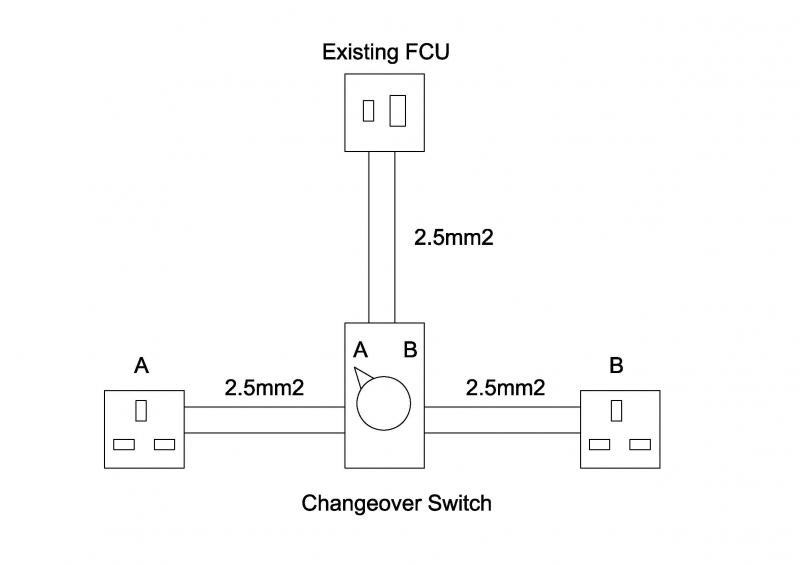Following the recent endless discussion about the 'current rating' of double sockets, I have now had the opportunity to discuss this with a technical support engineer at MK/Honeywell. I am therefore now fairly clear as to their position, even if it seems a rather unsatisfactory situation:
- 1. The statement in their technical literature for Logic Plus sockets which reads "Current rating: 13A per socket (except 3 gang, which is 13A total)" is not only confusing and ambiguous, but simply wrong - and his 'explanation' was that this literature was created by the marketing department, over whom the engineers have limited control! MK (MK's engineers) do not intend to imply EITHER that the double socket can only supply 13A total, OR that it can supply 26A total.
2. Similarly, he did not really know why all double sockets have "13A" embossed on the back, again because this is not the intended 'rating' of either half or all of the double socket.
3. MK do not claim, recommend or suggest that their BS1363 sockets have any greater current carrying capacity than anyone else's. In common with all manufacturers, they merely seek to comply with BS1363, in particular the 20A temperature rise test. MK's (engineers') only view on the 'rating' of their (and everyone else's) double sockets is therefore based on the BS1363 temp-rise-test figure of 20A - although he did add that he thought most designers would try to avoid a situation in which one double socket was likley to be loaded with as much as 20A (although it's not all that clear as to how that would be achieved - unless on installed only single sockets!).
So, that really answers the question I posed at the very start of that other infamous thread. The chap I talked to said that he would pass on my 'compliant' about the potentially misleading literature to their marketing department, but I don't think I'll be holding my breath whilst waiting for any changes! There doesn't seem anything more to discuss.




